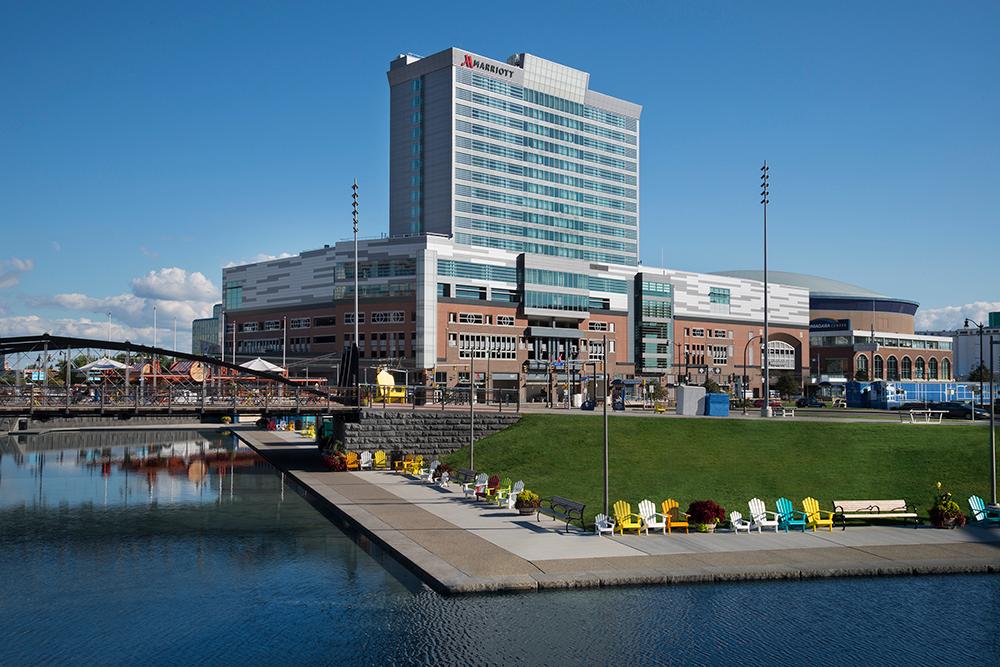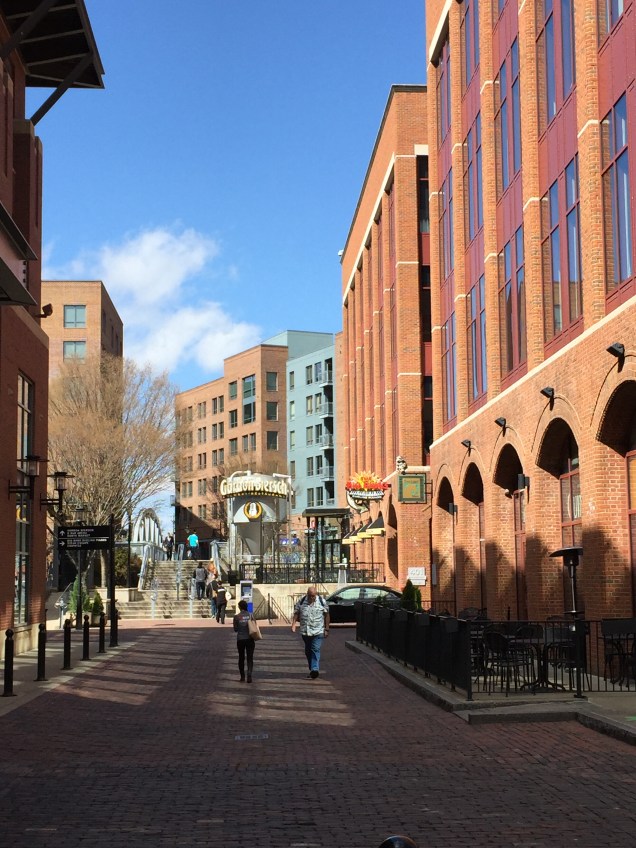If all goes according to plan, Buffalo will be home to a new pro soccer team by 2026 and there’s some expectation they’ll be playing downtown.
News coverage of the plans to bring a USL Championship franchise to Buffalo indicate there is heavy lifting to be done in order to secure funding for the franchise and to get a stadium built. Getting all of that done before the summer of 2026 sounds like a particularly challenging task. Logic would dictate that if everything else is accounted for, the team will play at a temporary home while their new digs are constructed. Western New York isn’t short on adequate sites and while it may lack any semblance of character or charm, UB Stadium seems like an adequate solution for that first season or two.

Figuring out where the stadium will go makes for a fun conversation as The Buffalo News notes the desire for the stadium to go downtown. The capacity figure of 10,000 referenced by the News is encouraging for a number of reasons. First, it would make for a terrific atmosphere at full capacity for USL games. Second, it’s right-sized for the void between in the area’s concert venues. The imbalance between smaller venues, the arena and stadium make it hard for many acts to hit WNY unless they’re playing Artpark or Darien Lake. Even if the capacity was only 7,500 for soccer, this would become an ideal venue for summertime concerts. That size also makes this ideal for events like the Chicken Wing Festival (which seems to be dwarfed by Highmark Stadium) and high school playoffs and championships, giving even more opportunity for this to serve as a community asset.
Stadiums in the USL really run the gamut in terms of design and function. There are a lot of open-air soccer stadiums but quite a few shared venues and converted baseball stadiums. Colorado Springs has a very impressive venue that opened in 2021 at a cost of $42 million. Milwaukee is in the process of building a venue for their upcoming USL franchise that is stunning. Milwaukee’s Iron District Stadium is precisely the type of venue I hope to see built here (minus the hotel and housing element). The street-level activation would make this a terrific fit for a number of neighborhoods around the city and the intimate design and covered stand allow for a variety of events to be hosted, an ideal fit for Buffalo.
It’s encouraging to see downtown suggested as the destination for the stadium, but where exactly might it go? There are a few spots within the city which ought to garner attention, with some far more favorable than others. Some of these are more realistic than others as well. This list is meant to encourage some thought and conversation over where this stadium can, or should go.
Continue reading






